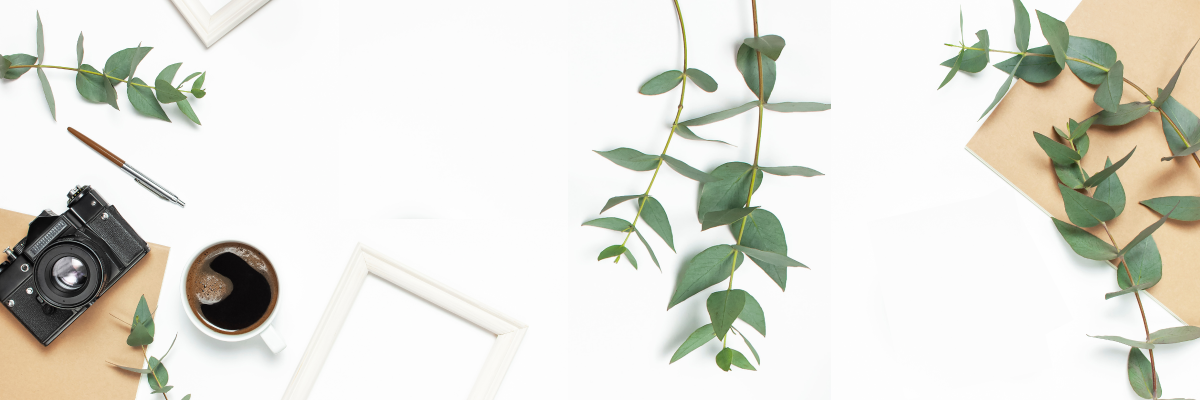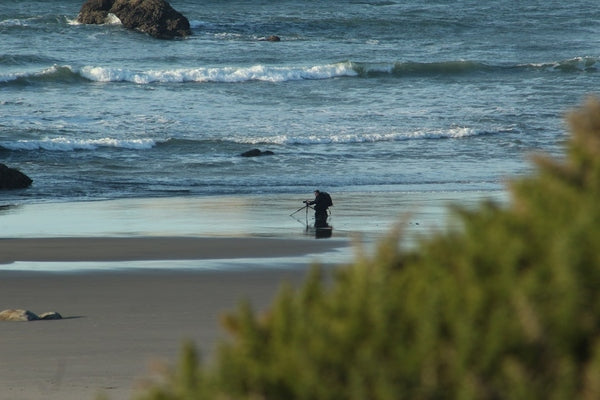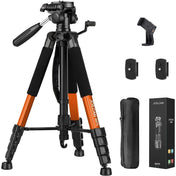Landscape photography serves as a doorway to unravel the magic of nature, capturing moments that enliven the beauty of the world around us. Whether you're a budding photographer or a seasoned pro, investing in quality equipment can significantly impact your compositions. One such essential tool is the tripod. In this article, we’ll explore the critical role of tripods in landscape photography, how they enhance your creativity, and why they're indispensable for photographers using the Nikon 35mm f/1.8G ED FX Lens.
Why Tripods Are Crucial for Landscape Photography
When capturing expansive landscapes, the need for stability and precision cannot be overstated. Using a tripod ensures a steady and secure base for your camera, allowing for sharper images and more precise compositions. Here are a few reasons why tripods hold paramount importance in landscape photography:
1. Stability Equals Sharpness
Even the slightest movement can result in blur, particularly during long exposure shots. Cameras are sensitive machines, and to get maximum clarity, your Nikon 35mm f/1.8G ED FX Lens deserves a steady hand. A tripod helps eliminate camera shake, ensuring that your images come out crystal clear, maintaining the integrity of every fine detail.
2. Quite the Perfect Composition
When you take the time to set up your shot with a tripod, you can fine-tune your composition without needing to hold the camera. This allows for greater deliberation in framing your subject, experimenting with angles, and taking your time to ensure that everything is just right. The additional time afforded by a tripod also lends itself to better creativity and spontaneity.
3. Long Exposures Made Easy
Landscape photography often features stunning elements like flowing water, soft clouds, and twinkling stars, all of which can be captured beautifully through long exposures. A tripod is necessary for such techniques, allowing photographers to set a longer shutter speed without incurring motion blur. This versatility is essential if you enjoy experimenting with light and texture in your images.
The Versatility of Tripods in Various Environments
Tripods come in a variety of sizes and styles, making them adaptable to any environment. Here’s how they enhance landscape photography in different settings:
1. In Nature's Playground
When embarking on a hiking expedition, choosing a lightweight, portable tripod can make a world of difference. It provides stability on uneven terrains and enables easy adjustments for height and angle. You'll find that being able to set up quickly will allow you to seize the magic of that fleeting moment, whether it’s the golden hour or a stunning sunset with your Nikon 35mm f/1.8G ED FX Lens.
2. Urban Landscapes
Cities have their unique landscapes. While photographing urban settings or architecture, a sturdy tripod is essential. It helps you maintain perspective and avoid distortion while capturing intricate details of buildings, streets, and the buzz of city life, especially during dusk or dawn when lighting can be tricky.
3. Low Light Conditions
For those magical twilight or nighttime landscape shots, tripods truly shine. Using a tripod allows longer exposures that can draw in the mood and essence of the time. The result is breathtaking photographs that encapsulate the beauty of the night while ensuring clarity, depth, and sharpness. It’s here where the Nikon 35mm f/1.8G ED FX Lens really comes alive, capturing nocturnal scenes with stunning precision.
Choosing the Right Tripod for Landscape Photography
Not all tripods are created equal. Selecting the right one can significantly affect your shooting experience. Here are some key factors to consider:
1. Material
Tripods are commonly made from aluminum or carbon fiber. Aluminum tripods are heavier but often more affordable, while carbon fiber tripods are lightweight and resistant to vibration, ideal for landscape photography enthusiasts. Take your environment into account—will you be on mountains, beaches, or urban settings?
2. Height and Weight Capacity
Your tripod should accommodate your height and the weight of your gear. Look for adjustable legs to find the perfect height for your ideal shots. Additionally, ensure that your tripod can support not only your camera body but also any lenses you plan to use, including the magnificent Nikon 35mm f/1.8G ED FX Lens.
3. Portability
If you’re planning on excursions into secluded landscapes, consider a lightweight, compact design that can easily fit into your bag. A travel tripod might be your best friend when taking a long trek into nature.
Common Tripod Techniques for Landscape Photography
Once you’ve selected the ideal tripod, it's time to dive into specific techniques to maximize your landscape photography:
1. HDR Photography
High Dynamic Range (HDR) photography allows you to capture a greater range of light and shadow in a scene, particularly when the difference between the lightest and darkest areas is significant. By utilizing your tripod for HDR shots, you maintain alignment between each exposure, making it easier to blend them seamlessly in post-processing.
2. Panning Shots
A tripod can also facilitate panning shots, where you follow a moving subject while keeping the background in focus. Properly securing your camera on a tripod allows for smooth horizontal movement, capturing dynamic landscapes paired with motion.
3. Incorporating Foreground Elements
To create depth in your landscape photography, consider incorporating foreground elements into your shot. A solid tripod allows you to adjust the composition freely without the risk of camera shake. Position your Nikon 35mm f/1.8G ED FX Lens at various angles to experiment with how different objects can enhance the narrative of your photograph.
Maintaining Your Tripod
When you've found the perfect tripod for your photography needs, it’s essential to remember that maintenance is paramount. A well-kept tripod will yield smooth results and longevity. Here are a few tips on how to maintain your tripod:
1. Clean Regularly
Nature can be unpredictable - mud, sand, and moisture can all find their way into your tripod. Clean it regularly to avoid buildup that can lead to premature wear. Utilize a soft cloth and some mild soap and water when necessary
2. Inspect the Joints
Given their frequent adjustments, the joints and locking mechanisms of your tripod can become loosened. Regularly check for tightness and functionality to ensure a reliable performance whenever you set out on a photography adventure.
3. Store Properly
When not in use, store your tripod in a protective case or bag to prevent scratches and damage. A little extra care can go a long way in ensuring your equipment stays in optimal condition for all your upcoming photography escapades.
Unlocking Creativity: Your Landscape Photography Awaits!
As you venture out into the world of landscape photography, don't underestimate the power of a tripod. It’s your steadfast companion, facilitating crisp, dynamic, and artistically remarkable images. The unique capabilities offered by using a tripod give photographers, especially those wielding a Nikon 35mm f/1.8G ED FX Lens, the freedom to explore their artistic vision while maintaining technical accuracy. So set up that tripod, frame your shot, and allow the magic of the landscape to unfold as you capture it for years to come!
Embrace every opportunity to create and discover, and let your journey as a landscape photographer flourish with the right tools and techniques at your disposal!











